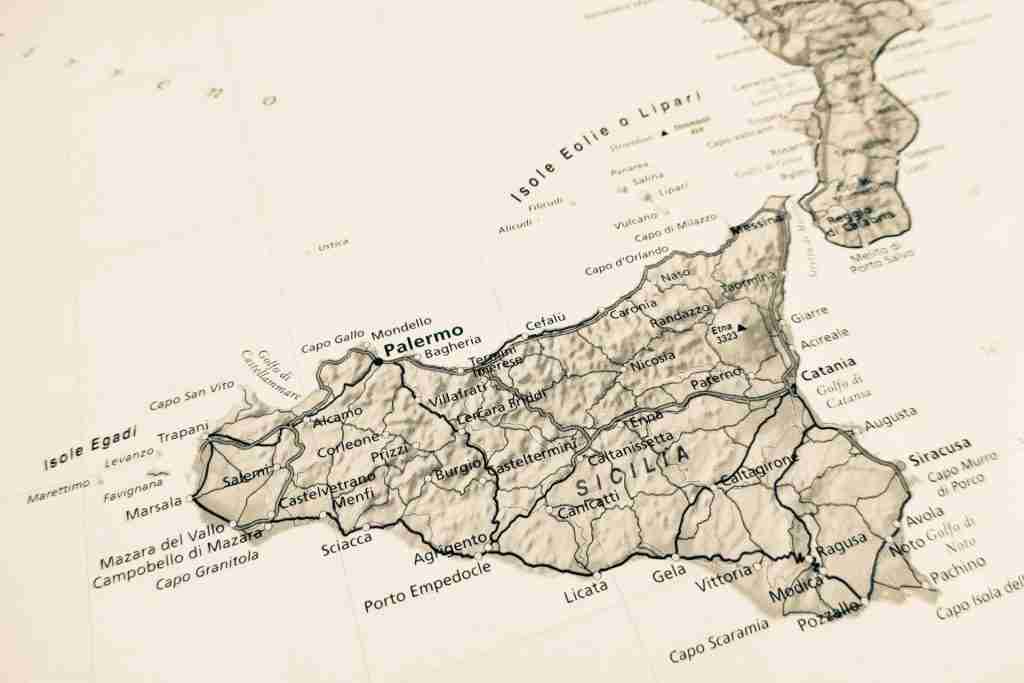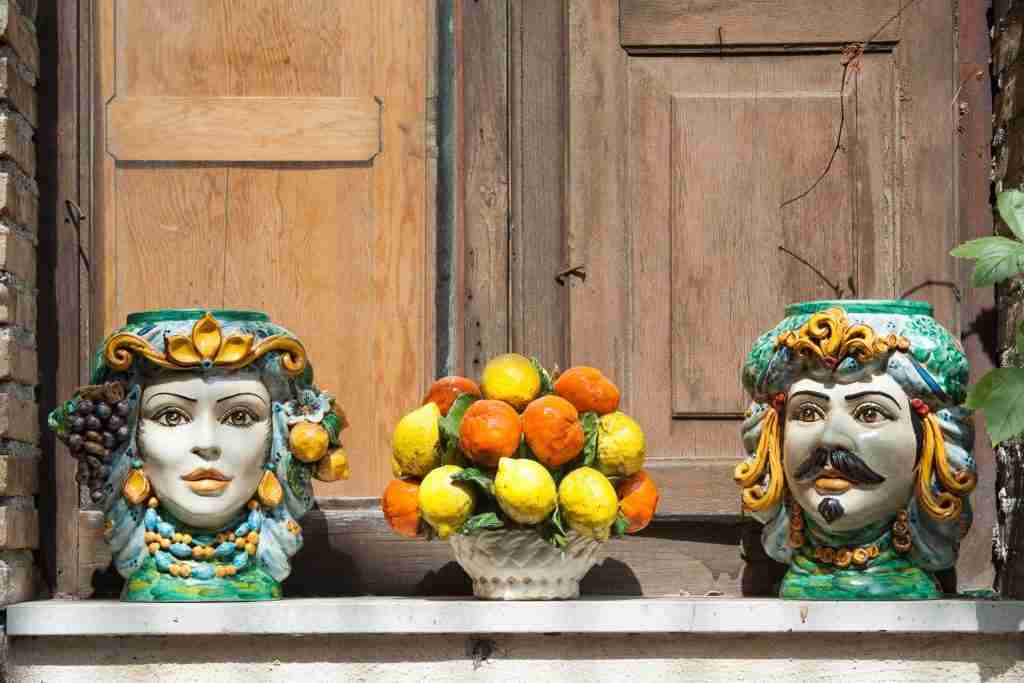The Aeolian Islands: Sicily’s volcanic paradise. Nestled in the sparkling waters of the Tyrrhenian Sea, just north of Sicily (Italy), lies a captivating archipelago known as the Aeolian Islands. This UNESCO World Heritage site comprises seven main islands and several smaller islets, each with its own distinct character and charm. Formed by volcanic activity over millennia, the Aeolian Islands offer visitors a unique blend of natural beauty, rich history, and exciting culture. From the jet-black beaches of Vulcano to the glamorous shores of Panarea, these islands have something to offer every traveler seeking an authentic Mediterranean experience.

The Seven Sisters: an introduction to the main islands
The Aeolian Islands archipelago consists of seven primary islands, often referred to as the “Seven Sisters.” Lipari, the largest and most populous, serves as the archipelago’s hub. Vulcano, famous for its therapeutic mud baths and active fumaroles, lies closest to Sicily. Salina, the greenest of the islands, is known for its twin volcanic peaks and delicious Malvasia wine. Stromboli, with its constantly active volcano, offers a spectacular natural fireworks display. Filicudi and Alicudi, the most remote islands, provide a glimpse into traditional island life. Finally, Panarea, the smallest yet most exclusive island, attracts jet-setters and celebrities with its upscale atmosphere.
A Journey Through Time: The Rich History of the Aeolians
The history of the Aeolian Islands stretches back to ancient times, with evidence of human settlement dating to the Neolithic period. Greek colonists arrived in the 6th century BCE, giving the islands their current name in honor of Aeolus, the god of winds. Over the centuries, the islands changed hands multiple times, falling under Roman, Byzantine, Norman, and Spanish rule. Each civilization left its mark on the islands’ culture, architecture, and traditions. Today, visitors can explore archaeological sites, such as the ancient Greek acropolis on Lipari, that offer fascinating insights into the archipelago’s storied past.

Volcanic marvels: the geological significance of the aeolians
The Aeolian Islands owe their existence to volcanic activity, and this geological heritage continues to shape the archipelago today. Stromboli, often called the “Lighthouse of the Mediterranean,” has been in a state of near-continuous eruption for over 2,000 years. Its regular explosive bursts, known as “Strombolian activity,” attract volcanologists and tourists alike. Vulcano, with its steaming fumaroles and sulfurous odor, provides a tangible reminder of the earth’s inner workings. The islands’ unique geological features, including black sand beaches, obsidian flows, and pumice quarries, make them a natural laboratory for earth scientists and a wonderland for curious travelers.
Island hopping: exploring the unique charms of each aeolian gem
Each of the Aeolian Islands has its own distinct personality, inviting visitors to explore their varied landscapes and attractions. Lipari, with its bustling port and charming old town, offers a perfect blend of history and modernity. Salina’s lush, green hills are ideal for hiking and wine tasting. Panarea’s exclusive vibe and crystal-clear waters make it a favorite among the jet set. Stromboli’s nightly eruptions provide an unforgettable natural spectacle. Vulcano’s mud baths and black sand beaches offer unique relaxation experiences. Filicudi and Alicudi, with their slower pace of life, transport visitors to a bygone era. Island hopping allows travelers to experience the full diversity of the Aeolian archipelago.

Gastronomic delights: savoring the flavors of the Aeolian Islands
The cuisine of the Aeolian Islands is a reflection of their volcanic soil, maritime location, and cultural influences. Fresh seafood features prominently, with specialties like pasta alla Eoliana, a dish combining pasta with locally caught fish, capers, and cherry tomatoes. The islands are famous for their capers, particularly those from Salina, which have a protected geographical indication status. Malvasia, a sweet wine produced on several islands but especially on Salina, is a must-try for wine enthusiasts. Other local delicacies include pane cunzato (seasoned bread), granite (flavored crushed ice), and various preserves made from local fruits.
Natural wonders: the diverse ecosystems of the Archipelago
Despite their volcanic origin, the Aeolian Islands boast surprisingly diverse ecosystems. The archipelago is home to a variety of plant and animal species, many of which are endemic to the islands. Salina, the greenest island, is covered in lush vegetation, including vineyards and olive groves. The waters surrounding the islands teem with marine life, making them a paradise for snorkelers and divers. Birdwatchers can spot numerous species, including the Eleonora’s falcon, which nests on the islands’ cliffs. The islands’ commitment to preserving their natural heritage is evident in the Aeolian Islands Regional Natural Park, which protects much of the archipelago’s land and sea areas.
Cultural Heritage: Festivals, Traditions, and Artisanal Crafts
The Aeolian Islands have a rich cultural heritage, reflected in their festivals, traditions, and artisanal crafts. Each island celebrates its patron saint with colorful processions and feasts. The Festa di San Bartolomeo on Lipari, held in August, is particularly spectacular. Traditional crafts include pottery making, especially on Lipari, where the art has been practiced since ancient times. The islands are also known for their intricate lacework and embroidery. Music plays an important role in island culture, with folk songs and dances still performed during festivals and gatherings.

Sustainable tourism: balancing preservation and development
As the popularity of the Aeolian Islands grows, so does the challenge of balancing tourism development with environmental and cultural preservation. The islands face issues such as water scarcity, waste management, and the impact of increased visitor numbers on fragile ecosystems. However, there are also positive initiatives aimed at promoting sustainable tourism. Many accommodations are embracing eco-friendly practices, and there’s a growing emphasis on slow tourism, encouraging visitors to explore the islands’ natural and cultural heritage in a respectful manner. The UNESCO World Heritage status of the islands also helps to ensure their long-term protection.

Planning your Aeolian adventure: practical tips for visitors
For those planning a visit to the Aeolian Islands, there are several practical considerations to keep in mind. The islands are most easily accessible by hydrofoil or ferry from ports in Sicily, such as Milazzo or Messina. The best time to visit is from May to October, with July and August being the busiest (and hottest) months. Each island offers a range of accommodations, from luxury hotels to simple guesthouses. While it’s possible to visit multiple islands on day trips, staying on different islands allows for a more immersive experience. Whether you’re interested in hiking, beach-hopping, cultural exploration, or simply relaxing in a stunning setting, the Aeolian Islands offer a truly unforgettable Mediterranean adventure.
In conclusion, the Aeolian Islands represent a unique blend of natural wonder, rich history, and vibrant culture. From their volcanic landscapes to their crystal-clear waters, from their ancient ruins to their modern luxuries, these seven islands offer an extraordinary experience for every type of traveler. As you explore the black sand beaches, hike up smoldering volcanoes, indulge in local culinary delights, and immerse yourself in the laid-back island lifestyle, you’ll understand why the Aeolian Islands have captivated visitors for millennia. This Sicilian archipelago truly is a paradise waiting to be discovered.

